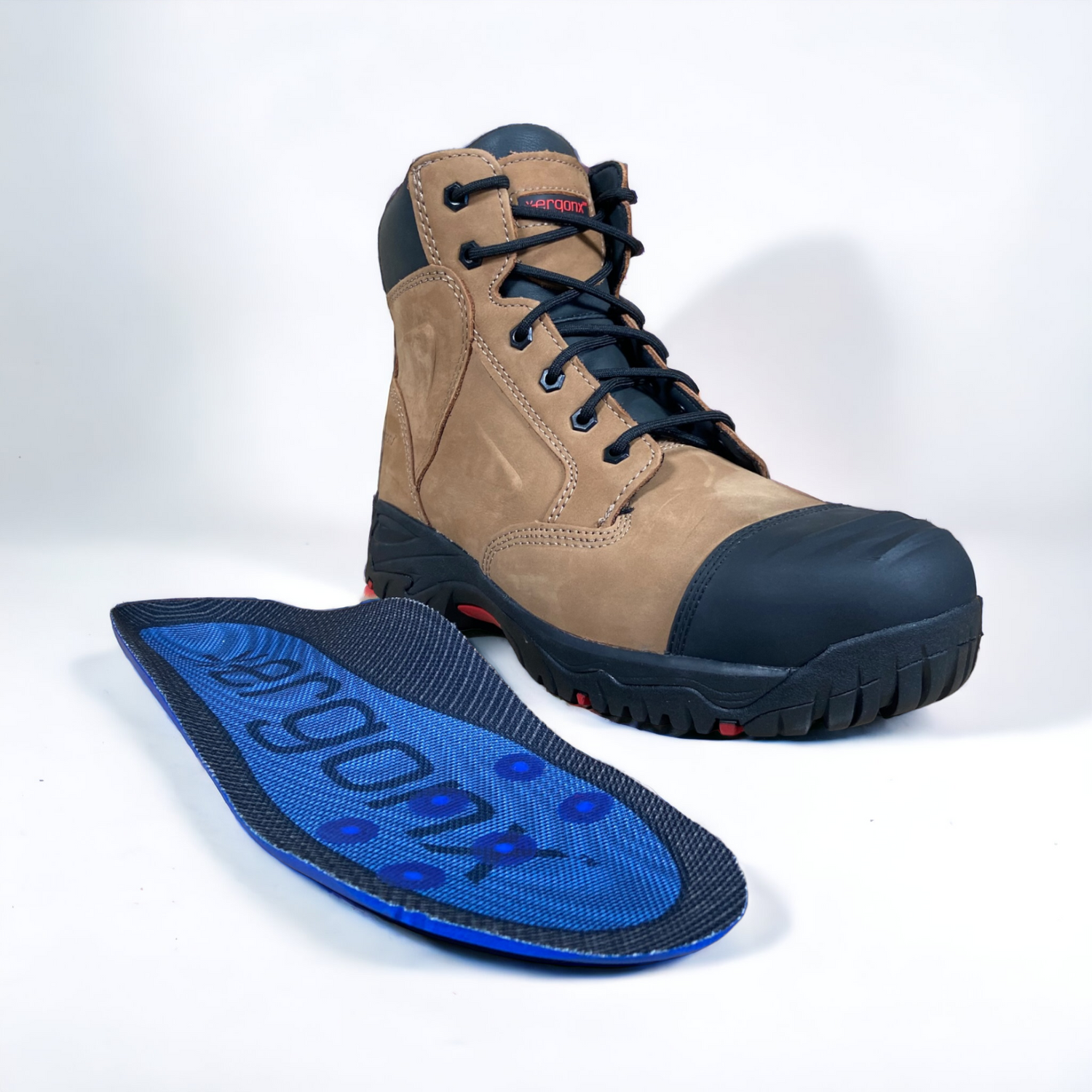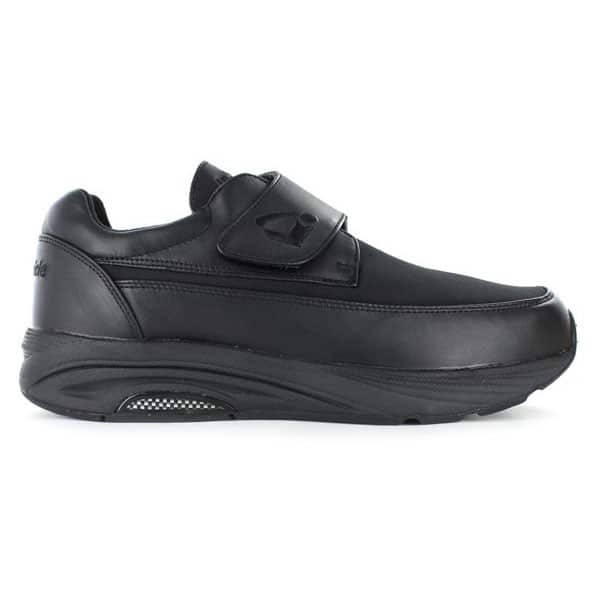Cuboid Syndrome
Cuboid syndrome refers to the dislocation or subluxation of the cuboid bone. The cuboid bone is a cube-shaped bone located on the outer side of the foot. The cuboid is one of the seven tarsal bones which form the hind part of the foot. It is located in front of the heel bone (calcaneus), to which it is joined through the calcaneo-cuboid joint.
Cause:
Cuboid syndrome is a common problem faced by athletes and ballet dancers. It is considered to be a result of inversion ankle sprains (excessive inward twisting of the ankle), which accounts for about 40% of all the injuries affecting athletes.
A brief overview of foot anatomy helps to understand the probable mechanism of cuboid bone dislocation. The peroneus longus is a muscle of the lower leg that runs on the outer (lateral) surface from knee to ankle. At the ankle the tendon of the peroneus longus muscle shifts from vertical to horizontal direction, passing on the side and then below the cuboid bone (at the point of the peroneal groove) and travels obliquely towards the inner (medial) side of the foot to attach to the bone. The cuboid bone acts as a pulley for this tendon. As the muscle contracts the tendon is pulled outward and upward, as a result the tendon rolls the cuboid inwards and downwards. In normal movements, the cuboid is held in place by ligaments.







